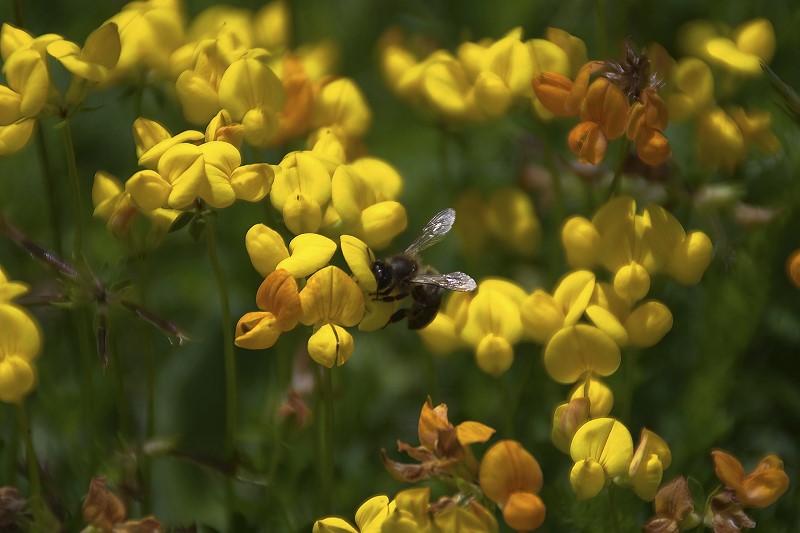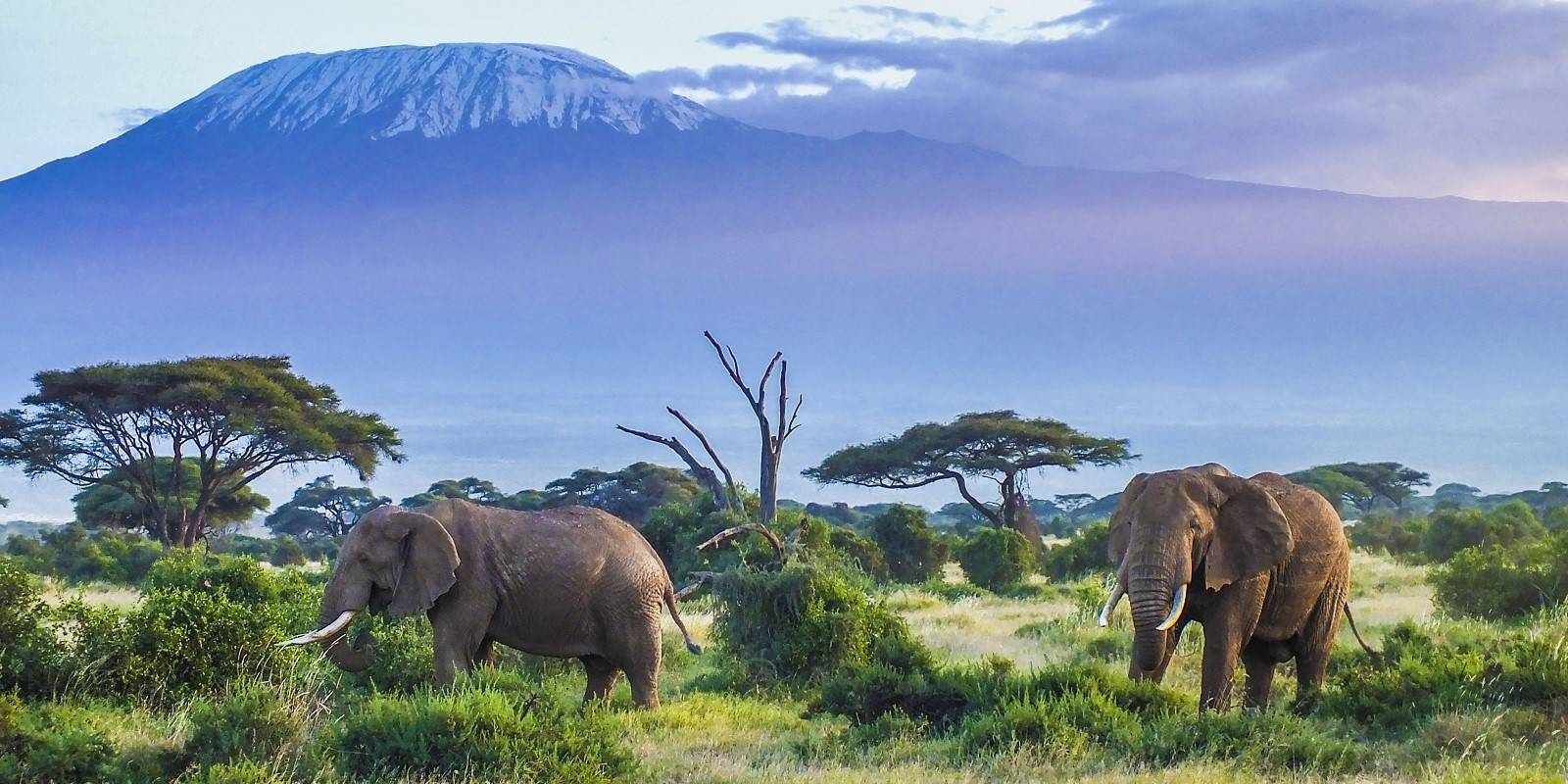Tuesday, January 31, 2023
¡Riégame!
¡Gracias!
Minimizing the effects of climate change, implementing environmentally friendly solutions and boosting financing are some of the keys to achieving a sustainable future in the coming years.
"Today we are not in harmony with nature, on the contrary, we are playing a very different tune, a cacophony of chaos played with instruments of destruction." These were the words of António Guterres, UN Secretary General, during the opening of the United Nations Convention on Biological Diversity, held last December in Montreal. The wake-up call was clear: biodiversity is deteriorating by leaps and bounds.
The causes are diverse, although some stand out among others. According to the Living Planet Report 2022, prepared by WWF, agriculture, overexploitation and capture due to hunting and fishing, deforestation, pollution and invasive species are the main threats to biodiversity. In recent years, climate change has added to this list. According to the International Union for Conservation of Nature's Red List of Threatened Species, one in four species is endangered. This situation leads to the search for solutions to halt the deterioration of biological diversity and to intensify the efforts of countries.
50 years of struggle to protect the environment
It was precisely this concern for the care of the planet that was first placed at the center of the dialogue between countries at the 1972 United Nations Conference on the Human Environment, known as the first "Earth Summit". Twenty years later, on the occasion of the anniversary of this summit, more than 170 countries gathered at the United Nations Conference on Environment and Development in Rio de Janeiro to address the impact of human action on the planet. The United Nations Convention on Biological Diversity, an international treaty to promote measures to achieve a sustainable future, was signed at this meeting and currently has more than 190 contracting parties. The initiatives revolved around three goals: conservation of biological diversity, sustainable use of its components, and fair and equitable sharing of the benefits obtained from natural resources.
Last December, at the last Conference of the Parties held in the wake of this convention, COP15, more than 200 countries adopted the post-2020 'Kunming-Montreal Global Biodiversity Framework'. It established four general objectives by 2050: First, to restore ecosystems, reduce all endangered species by one-tenth and protect wild and domesticated species; second, to promote the sustainable management of biological diversity; third, that the monetary and non-monetary benefits of resource use be shared with indigenous peoples and local communities; and finally, that the means to implement the measures be available to all countries, especially developing countries and small island developing states.

Saving 30% of the planet
The Kunming-Montreal agreement includes among its 23 targets, to restore at least "30% of degraded terrestrial , inland water, coastal and marine ecosystem areas ". It also encourages the development of protected area systems to manage and conserve these territories, in order to avoid "the loss of areas of great importance for biodiversity".
Endangered species have also been placed in the focus of COP15. Countries are urging action to protect endangered species, reduce conflict between humans and nature, and promote the diversity of native and domesticated species. They also call for an end to overexploitation, one of the consequences of biodiversity loss in the world, and for the elimination or mitigation of the effects of introducing invasive alien species into different ecosystems.
Climate change, on the other hand, has been at the center of the debate. Following the announcement of the "loss and damage" fund agreed at COP27, the Biodiversity Conference focused on the importance of reducing the effects of global warming on nature, with an emphasis on ecosystem-based solutions and strategies. They also warned of the importance of controlling the effects of pollution on the environment, reducing by at least 50% the nutrients that are lost, avoiding the risk derived from the use of chemical substances and reducing the dumping of plastic waste.
Green solutions and more financing
Protecting biodiversity is not just about caring for the environment and the species that live in it. The deterioration of forests, rivers, seas and oceans also affects our health. Therefore, a comprehensive change in society is needed, including the increase of green areas in cities and the implementation of sustainable solutions such as the expansion of renewable energies or the reinvention of the food and agricultural industry. Efficient management of the areas dedicated to these activities results in an industry that is more respectful of biodiversity, and also improves the productivity and yield of these natural resources. In this sense, innovation, new technologies and scientific research are essential to apply these practices in the daily life of society.
Likewise, all actions aimed at protecting nature must go hand in hand with a change in consumption habits: from encouraging recycling to new forms of mobility, avoiding water and food waste, reducing the waste we generate, saving energy, promoting the circular economy and sustainable fashion.
Finally, as in the fight against climate change, financing is essential to safeguard biodiversity. Thus, the global framework established at COP15 also agreed to increase funding for the protection of the planet, setting a target of at least 200 billion dollars by 2030 and encouraging resource mobilization, public-private investment and synergies.
¿Te ha parecido interesante?
Te ha gustado este contenido





